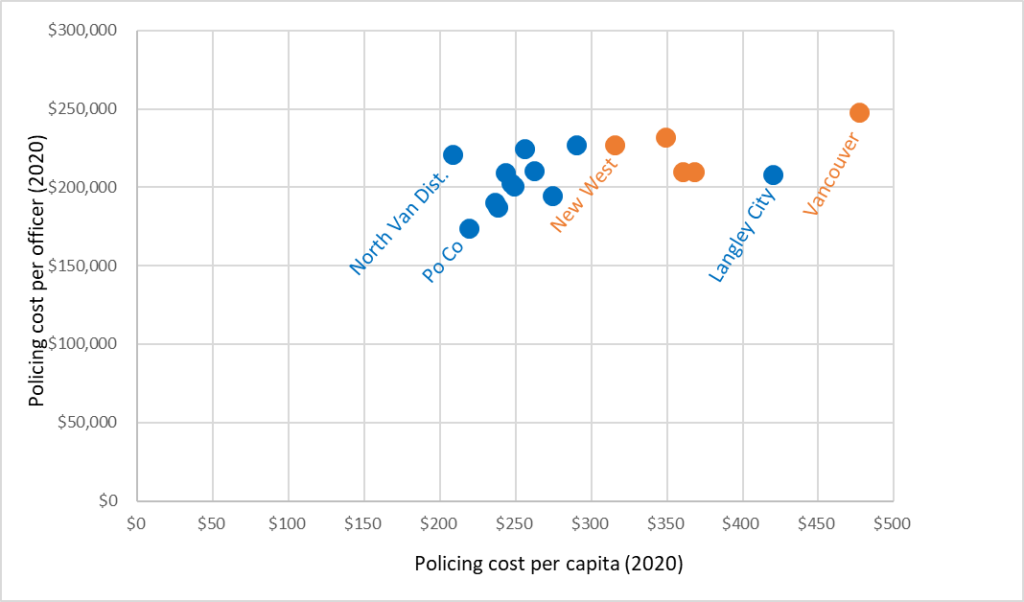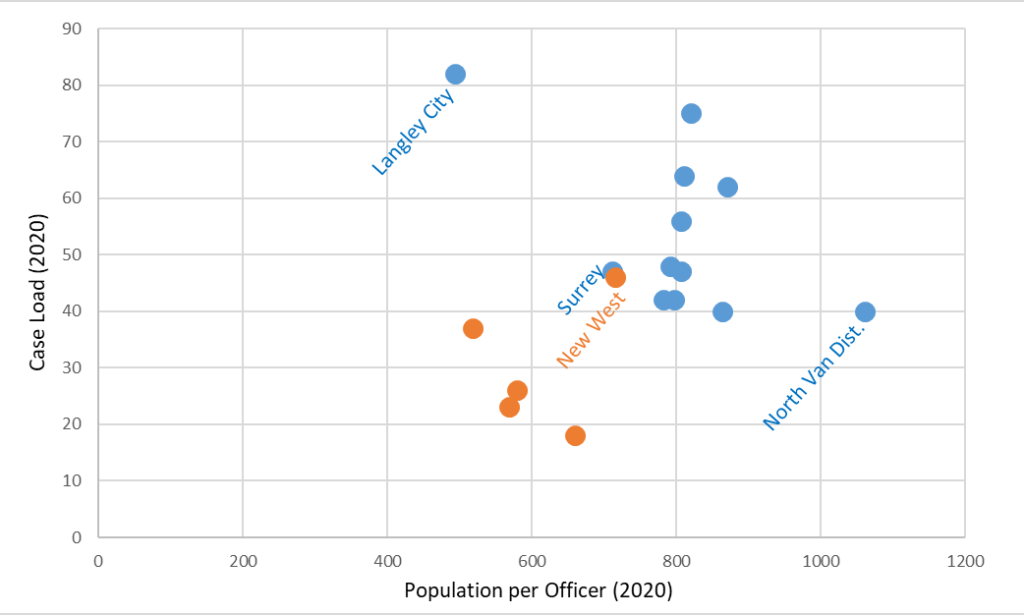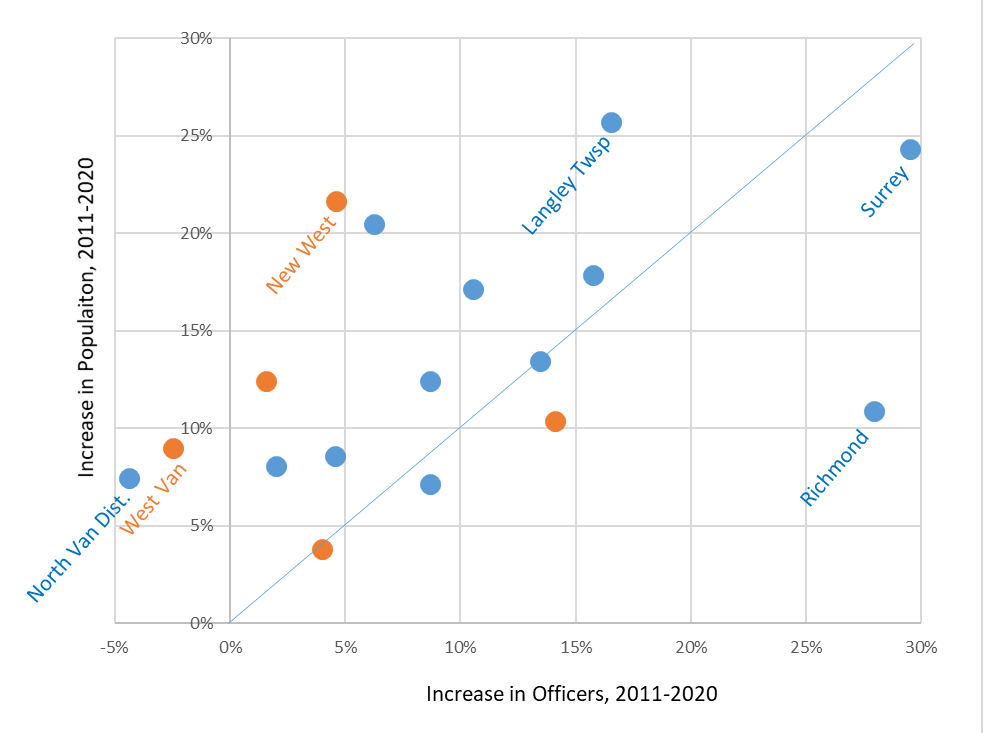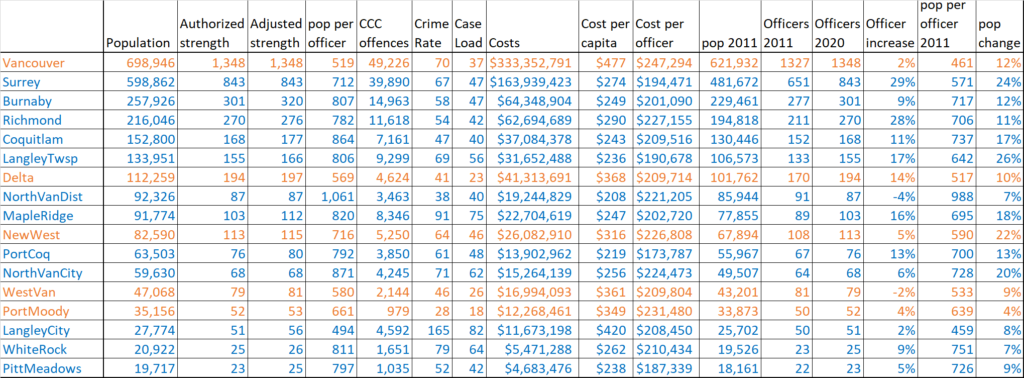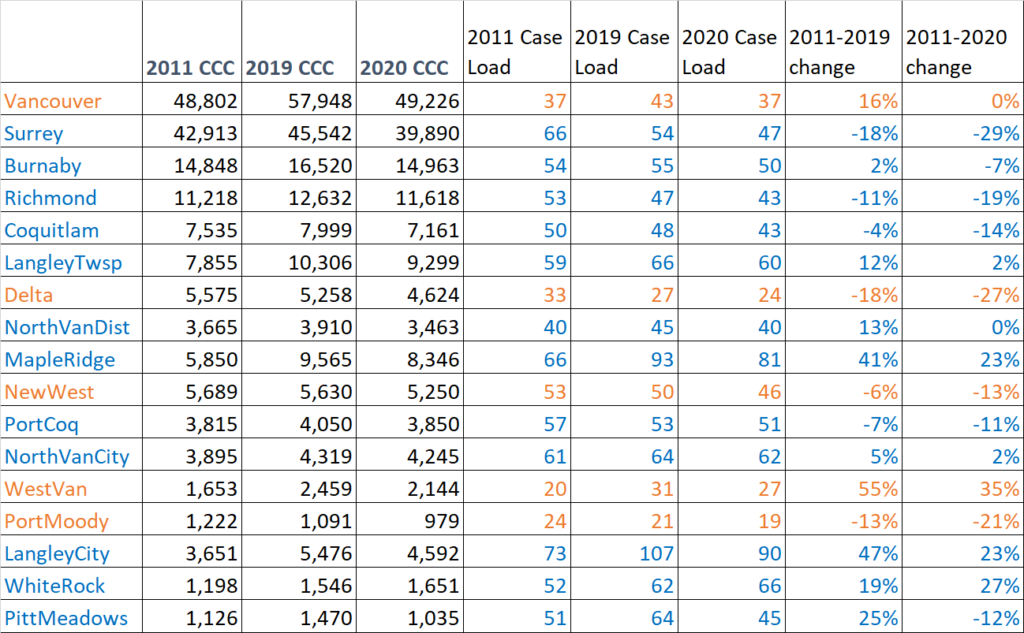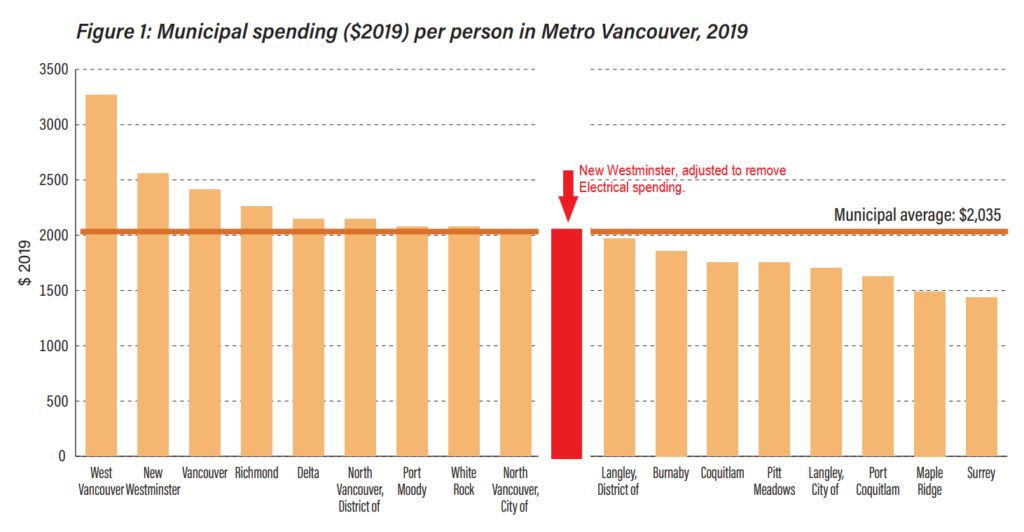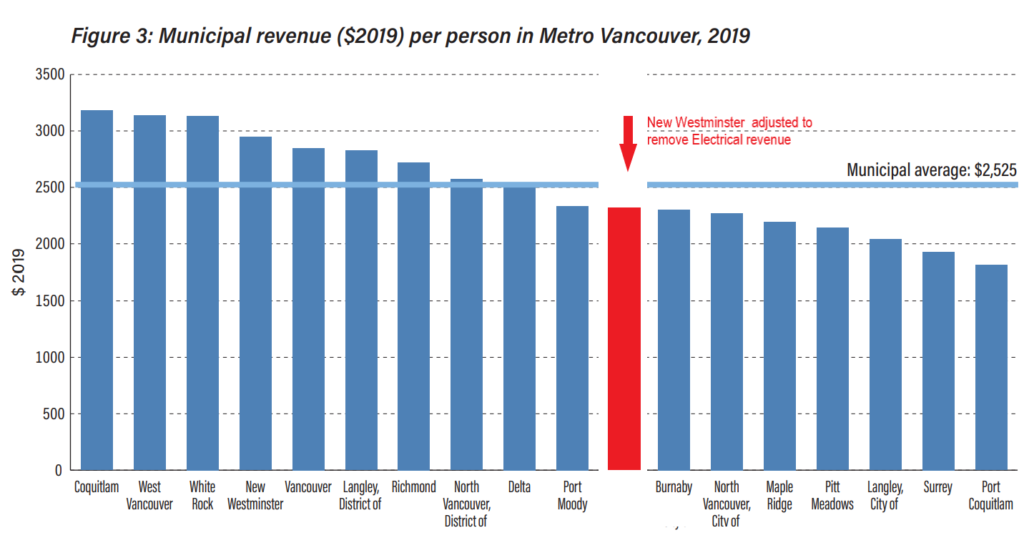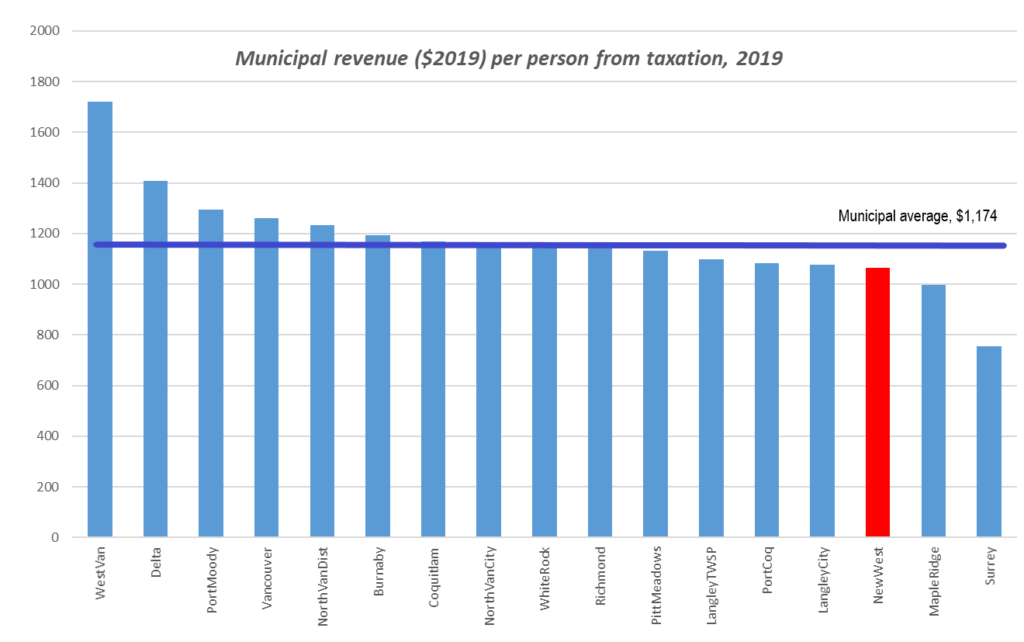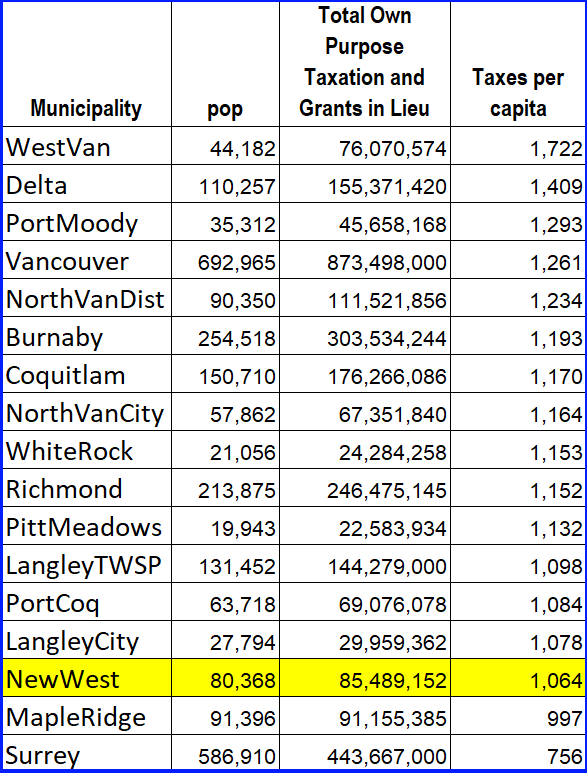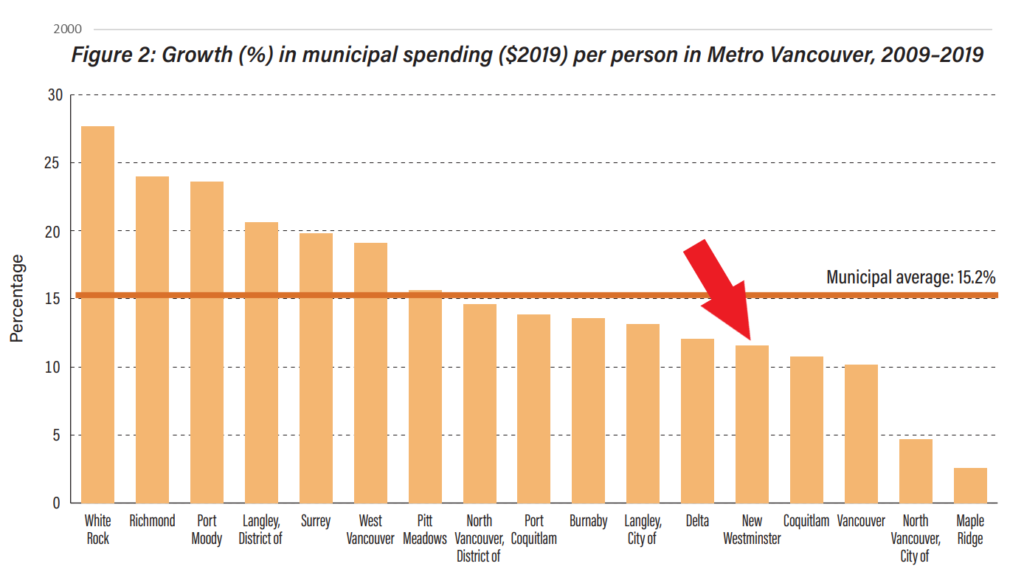Summer is not over. Another week until kids go back to school, and the Autumnal Equinox is still weeks away, but the summer hiatus at City Council and staff is over, and we were back in business with a full Council Agenda. This week’s Council meeting began with a special Presentation:
2022 Planning Institute of BC Excellence in Policy Planning Award: Seven Bold Steps for Climate Action
The City’s Planning department won this award last month at the annual PIBC conference. But this presentation was about thanking the people who helped make it happen. When the Council was elected, and told staff we were serious about Climate Action, that we were ready to be challenged to approve a really bold climate action plan for the City, staff responded with this really great piece of work. We knew at the time (a notion reinforced now by the award) that it was region-leading, as bold as anything happening at the Municipal level in Canada.
When I ran for Council, when the current Council ran in the election in 2018, we all talked about Climate Change, and about the need for us to take action to address our corporate and community emissions to meet the challenge of the Paris Agreement. And we got elected making that promise. But even six months after election, the mandate delivered is questioned, which is why it is important that the community continue to call on the Council to do this work. When the Bold Step plan came to Council, several groups came to support Council, imploring us to say “yes” to bold action. So we wanted to take this chance ot share the Award given to Council with a couple of those community groups who came to Council back in 2019 to push us forward –to tell us this work mattered to the community. Who made it easier for us to say “yes” to climate action.
We then moved the following item On Consent:
Amendments to the 2022 Schedule of Council Meetings
We are making some changes to the Council Schedule in light of the upcoming UBCM conference, the election, and the anticipated need for a Finance Workshop in November to get the new Council up to speed. That means this is the semi-penultimate Council meeting of the term.
Appointment of City Officers:
There is a bit of staffing change going on in the City, like every organization on earth right now. Several positions in the City have very specific legislated duties, job positions that come with specific responsibility and delegated duties under the legislation that empowers the Municipality to be a Municipality. These are two positions where Council must approve the appointments so the staff can act under those responsibilities.
Budget 2023: Fees and Rates Review:
The budget process at the City is a long one. In order for staff to project forward to next year’s budget, they need to know the fees and rates that make up about 1/3 of our revenue. So an early step in every budget year is updating the applicable Bylaw to codify and change in fees or rates for everything from swim lessons to parking passes to building inspections.
Every department reviews their rates annually, and try to balance three things: Inflationary increases so rate increases are gradual and we don’t get behind on CPI; Reviewing the cost of delivering the service so (ideally – not always) fees cover those costs; and a comparison to fees charged in adjacent communities to make sure the City is not out of touch with what is charged elsewhere. This year staff are recommending most rates and fees go up about 2.4%, to reflect CPI, though some fees are not going up (QtoQ Ferry, Inter Municipal Business Licences, EV charging costs) and some are going up more than 2.4% based on previous policy decisions (e.g. Parking fees are mostly going up to align with the 5-year plan for Parking rates approved by Council after much discussion back in October of 2018). You can read the reports for all the juicy details!
Construction Noise Bylaw Exemption Request – New Westminster Interceptor – Columbia Sewer Rehabilitation
That sewer work on Columbia Street is not over. They got out of the way to give our downtown retailers a break during the all-important summer festival season, but the tying in of the sewer lines is still a necessary project for the long-term viability of the sewer system. There will be some disruption between now and December.
Delegation Bylaw Update to facilitate Acting Director Roles
More about some of the re-organization happening with retirements and other staff changes at City Hall, This to update who is delegated to do delegated duties when the delegate is off duty. And we codify it by Bylaw, as required by Legislation. This seems kind of bureaucratic, and it is, but legislative function requires clear responsibility and chains of delegation so everyone is accountable.
Electronic Message Centre for Ryall Park / Queensborough Community Centre
The Queensborough Community Centre used to have a “static” sign on Ewen Ave, and a few members of the Q’boro community have been asking for a digital sign that can highlight events and share other City info. Staff looked into whether a partnership with a third party provider was viable, and it turns out the traffic counts there are just not enough to make this attractive to advertisers. We already have money in the Capital Budget to install a digital reader board sign, so we are moving ahead.
Official Community Plan Amendment and Rezoning Applications for Infill Townhouse: 102/104 Eighth Avenue and 728 First Street – Preliminary Report
This is a preliminary report on a townhouse development in Glenbrook North that would see 10 townhouses where there are currently two houses (one a duplex). This one needs an OCP amendment along with a rezoning, so it is going to consultation, and will end up at a Public Hearing, so I’ll hold my comments until then.
Recruitment 2022: Appointment to the Social and Cultural Vibrancy Grant Committee
We have community members serve on volunteer committees to help us evaluate applications for Grants. We put out a public call for applications due to a vacancy, and Staff have recommended a person for the SCV Grant Committee, who we now official appoint.
Temporary Use Permit: 97 Braid Street (Royal Columbian Hospital Parking) Phase 2 – Consideration of Notice of Issuance
That big parking lot for RCH construction workers by the Braid Skytrain Station operates on a Temporary Use Permit, which is expiring. They need a few more years to complete Phase 2 of the RCH Project, so we are issuing another TUP.
Temporary Use Permit for Group Living Facility: 311 Louellen Street – Consideration of Notice of Issuance
The owner of this large house in the Brow of the Hill would like to operate a residential support facility, which would require a Temporary Use Permit for three years. This is within the OCP use, but would need a TUP to address zoning issues. This report is just notice that Council will consider the TUP in a future meeting. If you have feedback, let us know!
The following items were Removed from Consent for discussion:
Fall 2022 Outdoor Pools Operating Schedule Update
With the closure of the Canada Games Pool and the Edmonds Pool in Burnaby, we are extending out Outdoor pool season well into October. This is an update on the schedule, and a reminder of a few operational constraints. Staff limitations is part of the equation, but there are also operational constraints at Hume (lack of lighting, an older boiler that probably can’t keep the pool warm as the weather changes) that may limit the usefulness of the pool. And, of course, the use will likely be impacted by weather, and we just can’t predict that.
We have also heard a few concerns about the booking system that changed during COVID, with parts of it still being used to manage capacity more fairly as we emerge out of the worst of the pandemic. To be truthful, I have heard very positive reviews and some negative reviews. Staff is going to take some time in the off-season to engage a bit with the user group and do a review of the system and report back to Council with some potential changes or improvements.
Massey Theatre Renovation Update
The City made a significant commitment to the Arts community when it committed to saving the Massey Theatre from demolition along with the old NWSS. The Land Transfer from the School District was a bit of a challenging negotiation (as it was a complex three-way conversation with us, the province, and the School Board about current and future land needs), but we now have the land secured and a long-term partnership with the Massey Theatre Society for operating the space. They have been doing incredible work already in expanding into the programmed space of the “Little Gym” and old music room spaces. This is a partnership that will serve the local arts community for decades.
But now comes the tough part. The Massey is an old building, and as it was not part of the School District’s long-term planning, it was hard for them to justify spending their limited capital finding on upgrades or updates. Now that the City has taken ownership and has been able to do some more comprehensive evaluation of the building, we need to prioritize capital costs to assure the building remains viable, safe, and functional.
The planning now is to look forward to where the building needs to be in 25 years, and what we can do to bring the building up to Building Code compliance, operational efficiency, and modern accessibility standards. The current budget (~$14 Million) is likely not enough to complete this work, and the business case and building evaluation do not support maintaining the “Big Gym” and cafeteria space on the north side of the building, so it will be demolished as was the original plan (though we took a bit of extra time to do detailed studies to assure demolition was the best option).
That said, we also need to be thoughtful in taking a phased approach to renovation and upgrades. Doing it all at once might be cheaper and quicker, but supporting the ongoing operation of the MTS means any closure of the Theatre needs to be short and predictable to allow ongoing and consistent programming. We also need to be mindful of the external presentation of the space (the accessibility, the greenspaces and parking around, etc.) as this work is ongoing. We have great partners in the MTS, and this partnership will help guide us through the next 5 (or more) years while we keep our commitment to preserving the Theatre. But ultimately, these decisions will be made by the next Council, as there are budget implications of all of these decisions. For today, we are just approving the steps to get us to a final project scope decision in January of 2023.
Master Transportation Plan Amendment and Monitoring Report
Our Master Transportation Plan is seven years old. The principles are still strong, but there are a couple of areas where it needs an update. The first part of the report is an update on the 123 policies and actions from the plan (61% ongoing actions that are the new normal, 11% completed actions, 21% underway but not yet complete, 11% either not started or abandoned) and an update on the 12 measurable “Key Performance Indicators” about how the MTP is going (6 are on track, 5 are behind pace, one is waiting for updated data).
New Mobility is a catch-all phrase for new technology like e-bikes, e-scooters, automated vehicles and electric cars. Our 2015 MTP does not speak to these, and we are adopting some updated policies to address them. Some of this is engineering changes to make micromobility safer, part is advocacy to senior governments to address the gaps in current legislation, along few other policy direction like addressing end-of-trip facilities and storage. And, yeah, we are looking for opportunities to bring an electric bike share program to New West.
Curbside Management is another area where we need an update. Changes in how retail and service industries work (exacerbated during COVID), and more demands for accessible curb space and providing space and comfort for vulnerable road users mean the priorities for the curb have changed, we need a set of priorities established to help make decisions around curbspace allocation.
Finally, we are asking staff to bring back a report on potential MTP updates to introduce Vision Zero principles. This will be a decision for the next Council, and I will be talking a lot about this in the future, as I have a lot to say about the need to take a more comprehensive approach to road safety in the City.
We than had a bunch of Bylaw Readings, with the following Bylaws for Adoption,/u>:
Zoning Amendment Bylaws Repeal Bylaw No. 8353, 2022
This Bylaw repeals the two Bylaws that received previous adoption but, due to an administrative error, were given public call for comment prior to the Third Reading instead of prior to the First Reading as is required with the recent changes to the Local Government Act, as has been discussed at some length. Once Repealed, we can adopt them again.
Zoning Amendment (1321 Cariboo Street) Bylaw No. 8345,2022
This Bylaw changes the zoning language to permit the construction of a 15 unit Purpose Built Rental building in the Brow of the Hill, as was discussed in a Public Hearing on June 30, 2002. It was adopted unanimously.
Development Cost Charges Bylaw No. 8327, 2022
This Bylaw updates our DCC rates to catch up to changes in the cost of necessary infrastructure upgrades related to growth in the City, as discussed back in May. It was adopted unanimously by Council.
Finally, we had two Motions from Council:
Advocacy for Inclusion of Sexualized Violence Prevention as part of the Serving It Right program, Councillor Trentadue
That Council request the mayor write to Minister Farnworth and Parliamentary Secretary Lore advocating for the inclusion of ‘sexualized violence prevention training’ within the Serving It Right curriculum to provide foundational education to people with the front-line opportunity to take action to prevent sexualized violence and respond appropriately and with care when incidents occur.
This is in support of good work happening in Victoria to call for more protection of service industry staff.
Low Carbon Energy Systems Councillor Nakagawa
THAT the City of New Westminster recognize both the significant difference in the lifecycle emissions associated with different gaseous fuels including RNG, blue and green hydrogen and biomass, and the limited supply of truly low-carbon RNG; and
THAT the City of New Westminster direct staff to prioritize electrification over gas when proceeding with work on acceleration of the Energy Step Code, and in particular explore ways to exclude RNG from future Low Carbon Energy Systems; and
THAT the City of New Westminster consider electric heat pumps systems the preferred option for space and water heating in buildings and intend to encourage the use of limited RNG resources for their highest and best use and not for residential or commercial heating; and
THAT the City of New Westminster include the above in our Community Energy and Emission Plan (CEEP) and our Corporate Energy and Emissions Reduction Strategy (CEERS); and
THAT the City of New Westminster write a letter to the BC Minister of Environment encouraging that this definition be adopted provincially, and encouraging the Province to evaluate the highest and best use of RNG considering its limited availability.
The City is already working to incent the move from fossil fuel to low-carbon energy systems for new buildings in the City, through leveraging the Step Code and our updated Community Energy and Emissions Plan. However, there is a “fuzzy” bit in most legislation around “Renewable Natural Gas” as a transition between fossil fuels and full electrification. This is, of course, heavily promoted by the legacy gas industry. This motion moves the city in our internal policies and in our senior government advocacy toward rapid electrification in place of this stopgap that doesn’t actually reduce emissions.
And that was a meeting! Back to the door knocking!
